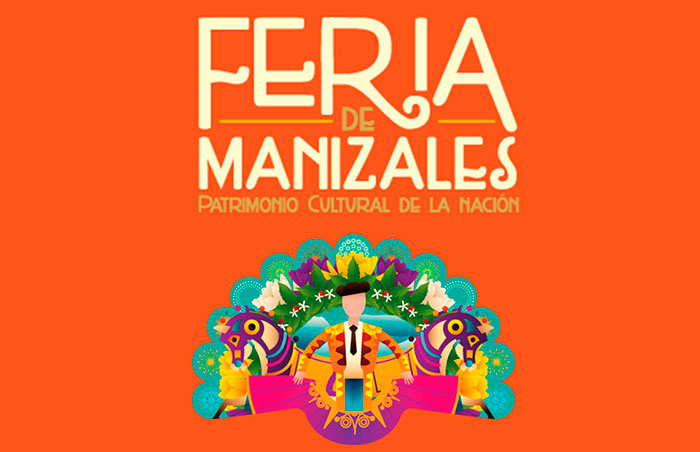The Fair is the biggest event in town that has Cali during the year, where in addition to being time Christmas and New Year, the city dresses up to receive their fair; an event that attracts the attention of friends and strangers, as the Cali Fair is the epicenter or meeting place for family and friends who take advantage of the season to return to their country or people of other latitudes that take advantage of the fair to come to Colombia and especially Cali.

Cali:
It is distinguished in Colombia as the capital of the "rumba", the street party, dancing and salsa. Cali have developed a playful and hedonistic culture in harmony with the natural surroundings and country life. Cali is a city of great spaces for tourism and recreation. The capital of Valle del Cauca is the third largest city in Colombia. Beautiful women there sites of historical value and space for daytime and nightlife that make it a tourist mecca abound. Cali is one of the major economic and industrial centers of the country and the main urban, economic, industrial and agricultural center of southwestern Colombia.
On Sundays, worship caleños rivers. They move en masse to bathe in the cold currents coming down from the hills, particularly in the Pance river.







